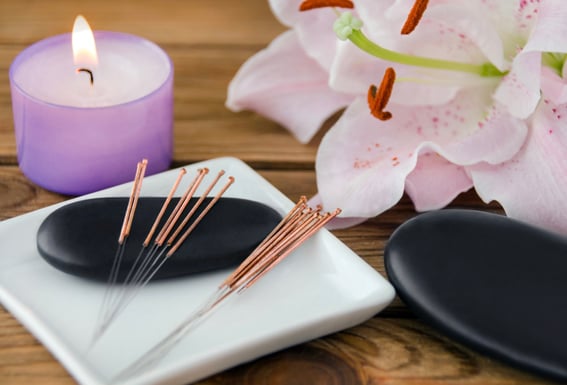Balance Acupuncture, also known as the Balance Method, is a specialized approach to acupuncture that focuses on restoring harmony and balance within the body. Developed by Dr. Richard Teh-Fu Tan, it emphasizes the concept of treating pain and illness by needling distal acupuncture points (points away from the affected area), often on the limbs, to achieve therapeutic results.
One of the distinguishing features of Balance Acupuncture is its immediate and often rapid pain relief. By needling specific distal points, the method aims to create a "mirroring effect" that influences the affected area of the body. For example, if a patient experiences pain in their right knee, the acupuncturist may target points on the left elbow. This unique approach is based on the belief that the body is interconnected, and stimulating certain points can influence corresponding areas.


Balance Acupunture
Rapid pain relief: The technique is known for its ability to quickly alleviate pain, making it particularly effective for acute conditions such as musculoskeletal injuries or migraines.
Holistic approach: By targeting distal points, Balance Acupuncture can have broader effects on the body, addressing imbalances beyond the local area of pain or discomfort.
Reduced reliance on local needling: Balance Acupuncture reduces the need for needling directly at the site of pain, which can be advantageous for patients who are sensitive or reluctant to have needles inserted directly into the affected area.
Personalized treatments: The Balance Method allows for individualized treatment plans tailored to each patient's unique condition. This approach recognizes that no two individuals are alike and ensures customized care.
Non-invasive and minimal discomfort: Balance Acupuncture often involves gentle needling techniques and utilizes points away from the affected area, minimizing discomfort and maximizing patient comfort.
